Summary
Introduction to Paramonga Fortress
Paramonga Fortress stands as a testament to the ingenuity of ancient cultures. Nestled in the coastal valleys of Peru, this pre-Inca citadel captures the attention of historians and travelers alike. It showcases the architectural prowess of the Chimu and the succeeding Inca civilization. Remnants of walls, reliefs, and impressive gateways beckon visitors to explore its storied past. The fortress, believed to be built in the 15th century, served multiple roles, from a military stronghold to a site of religious significance.
Get your dose of History via Email
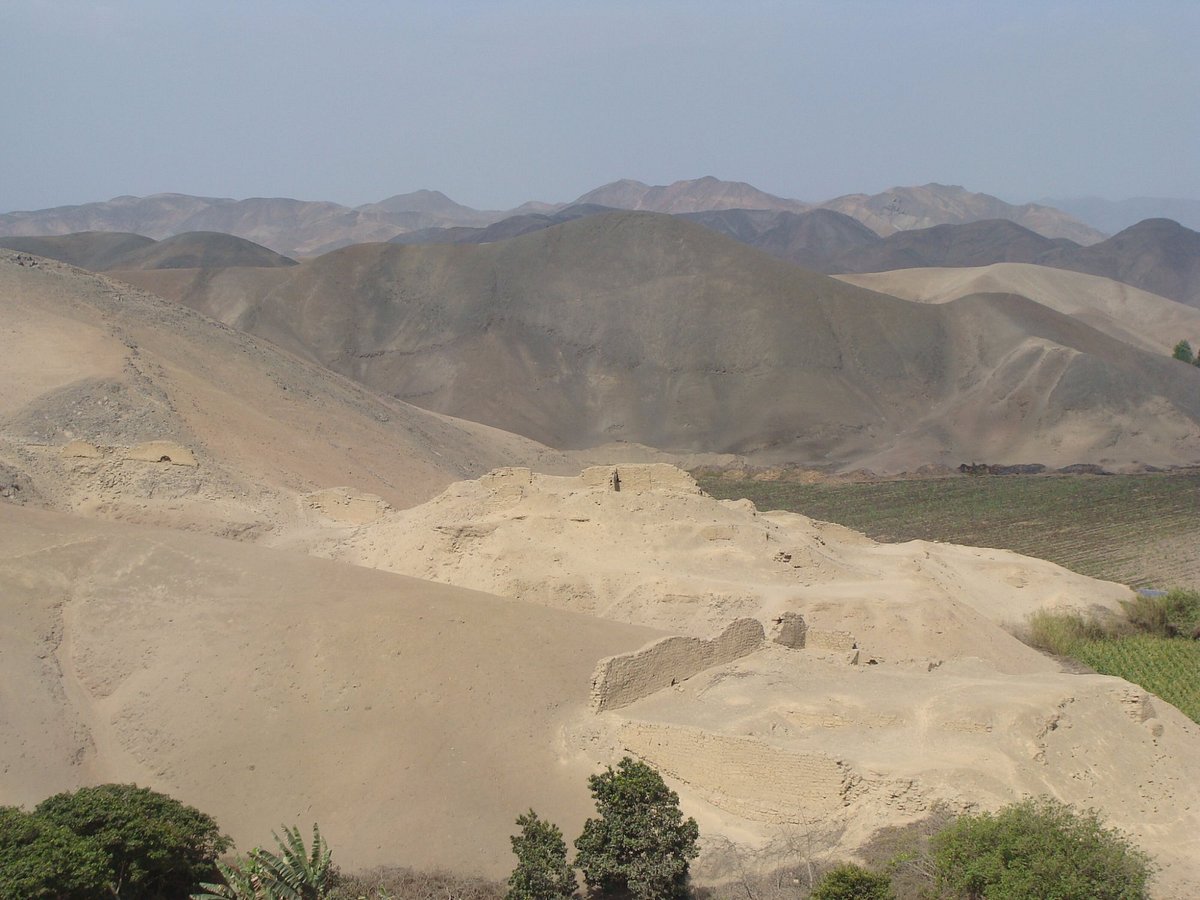
The Significance of Paramonga’s Design
The strategic design of Paramonga Fortress reflects the sophistication of its constructors. Its pyramidal shape, aligning with the natural landscape, offered a vantage point against invaders. The intricate network of chambers and passageways speaks to a well-thought-out defense system. Not just a military bastion, archaeologists have uncovered areas within that suggest a place for worship, perhaps linked to the water deity worshipped by the coastal culture. The site’s design and function illustrate a civilization that combined utility with spiritual practices.
Paramonga Today: A Cultural Treasure
In modern times, preservation efforts have turned Paramonga into an important cultural heritage site. It’s a window into the past, enabling visitors to grasp the complexities of pre-Hispanic societies. The fortress’s proximity to the Pativilca River has been pivotal in understanding the ancient agricultural techniques of water management. As an emblem of resilience and tradition, Paramonga continues to be a significant point of interest for both academic study and sustainable tourism, reminding us of the timeless narrative woven into our global heritage.
Historical Background of Paramonga Fortress
Paramonga’s Ancient Roots
Paramonga Fortress, often shrouded in mystery, dates back to pre-Inca times. Rising from Peru’s coastal valleys, it was first erected by the Chimu culture. These master builders set the foundation for what would become a monumental site. Later, the Incas expanded its scale, enhancing its defenses and sacred spaces. These layers of history tell a story not just of war, but of religious and social significance. Insights into this fortress offer a glimpse into the innovative minds of its ancient architects.
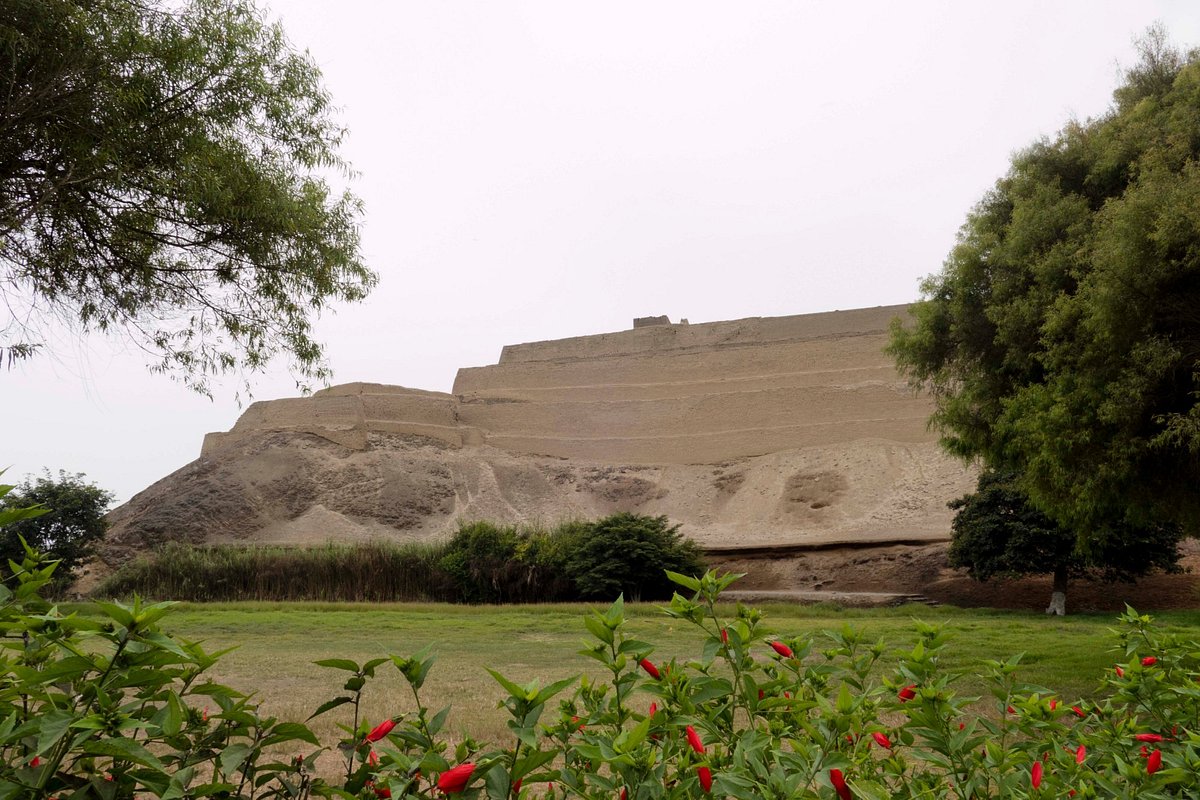
Strategic Design and Purpose
The fortress’s clever design was no accident. It was strategically placed to oversee the valley and protect the inhabitants. Its towering structures served as watchpoints against encroaching threats. In addition, the elaborate inner layout reflects a multifaceted purpose. Beyond defense, it was a hub for ritualistic activities. Most notably, it had areas dedicated to water worship, highlighting the cultural reverence for natural elements.
The Inca Empire’s Influence
With the Inca’s conquest, Paramonga saw a significant transformation. They incorporated it into their vast empire, leaving behind impressive engineering feats. This era added complexity to the fortress, from terraces for agriculture to sophisticated water channels. These additions showcase the Inca’s mastery over their environment, proving their legacy as one of history’s great civilizations.
Today, Paramonga stands as a historical jewel, attracting scholars and curious travelers. Its ruins embody the resilience of past societies. Furthermore, they serve as a physical record of intricate statecraft and spirituality. The site’s preservation has become a priority, earning it a place as a cultural heritage landmark.
As an emblem of ancient achievement, Paramonga captivates those who visit. It tells a fascinating narrative of human ingenuity. Moreover, it provides invaluable information for understanding pre-Columbian life. As researchers continue to uncover its secrets, its historical role grows clearer, enriching our comprehension of South America’s rich past.
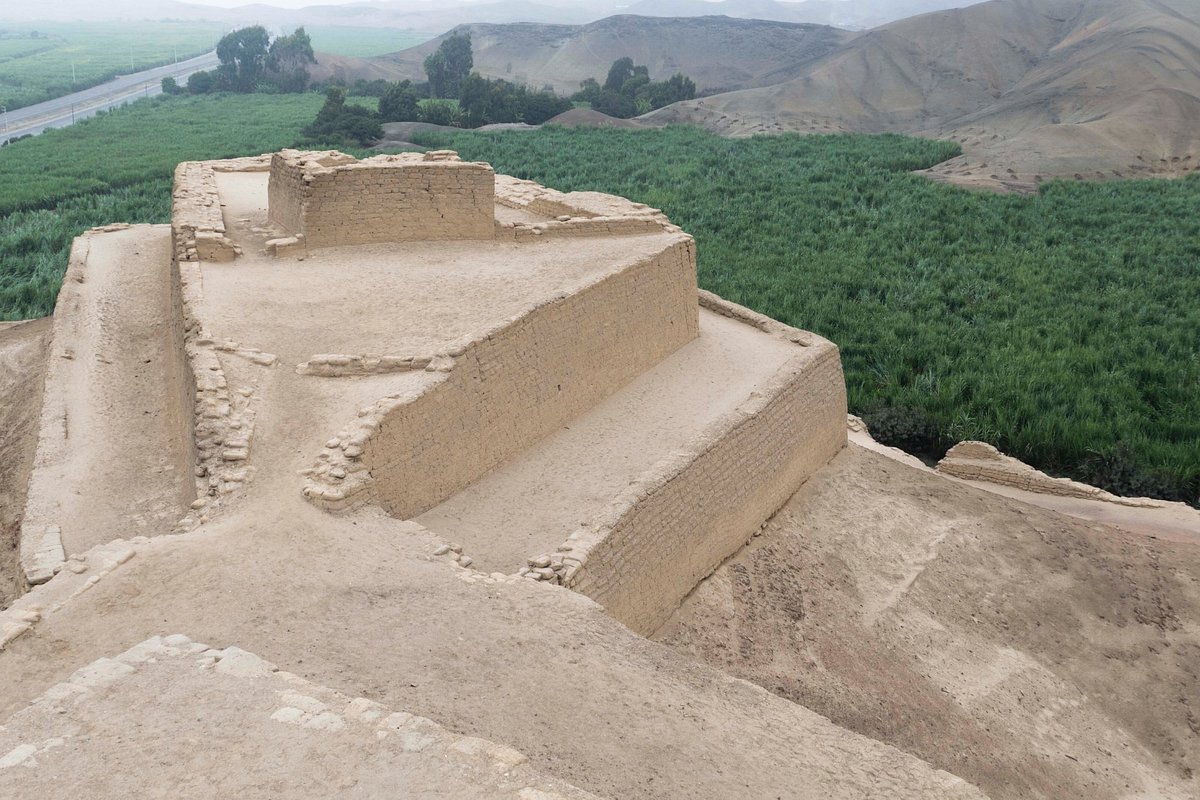
The Discovery of Paramonga Fortress
Unveiling a Pre-Colombian Marvel
As modern explorers first set eyes on Paramonga, they found a fortress entangled in legend. The site surfaced to global attention in the early 20th century. It was an academic expedition that noted its grandeur against the Peruvian landscape. Discoveries at the fortress opened a window into ancient civilizations of South America.
Key Figures in Paramonga’s Revelation
Researchers initially mistook the site for an Inca creation. Yet, further excavation peeled back layers revealing its Chimu origins. The archaeologist Max Uhle played a crucial role in its understanding. His work in the early 1900s laid the groundwork for our current knowledge.
Paramonga’s Chronicles in Historical Records
The fortress had appeared in scattered historical texts by Spanish chroniclers. These accounts were crucial in piecing together its storied past. Later, scholars used these writings to corroborate findings from physical excavations. Together, they reconstructed a timeline of the citadel’s prominence.
Today, Paramonga’s discovery story helps shape our appreciation for pre-Columbian architecture. The site serves not only as a tourist destination but as a cultural touchstone. It exemplifies the importance of preserving our global heritage.
As research continues, each layer unburdened from the ruins enriches our understanding. Every artifact uncovered is a testament to ancient Peru’s complexity. Thus, the story of Paramonga’s discovery is far from over; it evolves with each new find.
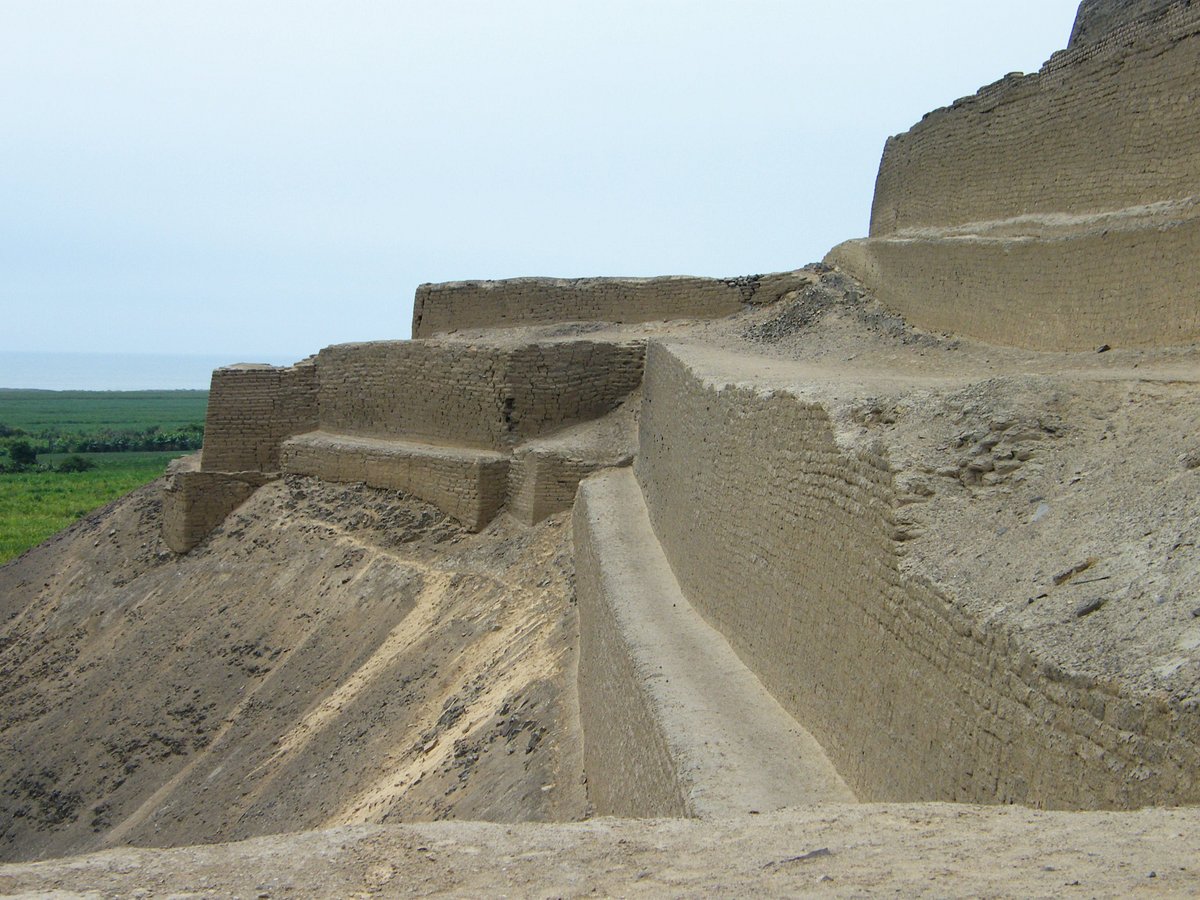
Cultural Significance, Dating methods, Theories and Interpretations
The Cultural Impact of Paramonga
Paramonga Fortress has long been a cultural beacon in Peru. It is a symbol of the ancient Chimu and Inca legacies. These civilizations were renowned for their social organization, craftsmanship, and spiritual beliefs. The fortress itself is believed to have served as a center for religious activities. It possibly focused on solar worship and water rituals, given its strategic location and architecture.
Unlocking the Past: Methods of Dating
Establishing the age of Paramonga Fortress has been achieved through various dating methods. Radiocarbon dating has played a key role. This technique determines the age of organic materials found on site. Additionally, archaeologists use stratigraphy to analyze the layers of earth. This helps to understand chronological order. These methods provide a timeline that connects the fortress to specific cultural periods.
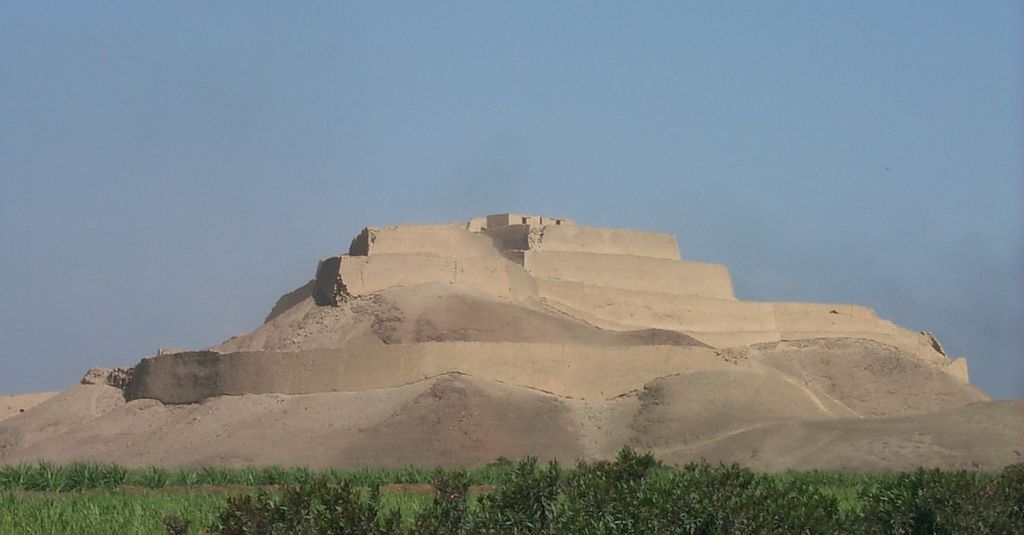
Emerging Theories on Paramonga’s Origins
Despite clear data from dating methods, some aspects of Paramonga remain mysterious. There are ongoing debates among historians and archaeologists. They wonder about the fortress’s original purpose and the extent of its use. One theory suggests it was a defensive structure against potential invaders. Another posits it may have been a ceremonial center. Ongoing research continues to explore these theories.
Paramonga’s significance extends beyond its physical structure. It delves into the ways of life of its builders. Their social structures, engineering skills, and cultural practices come to light. Interpretations of artifacts and relics contribute to this understanding. They reveal a complex society adept in agriculture, trade, and spirituality.
Modern interpretations of Paramonga draw upon a variety of academic disciplines. They encompass archaeology, anthropology, and even astronomy. Some scholars explore the fortress’s alignment with celestial bodies. They add an astronomical component to its significance. Each interpretation enriches our comprehension of this ancient site.
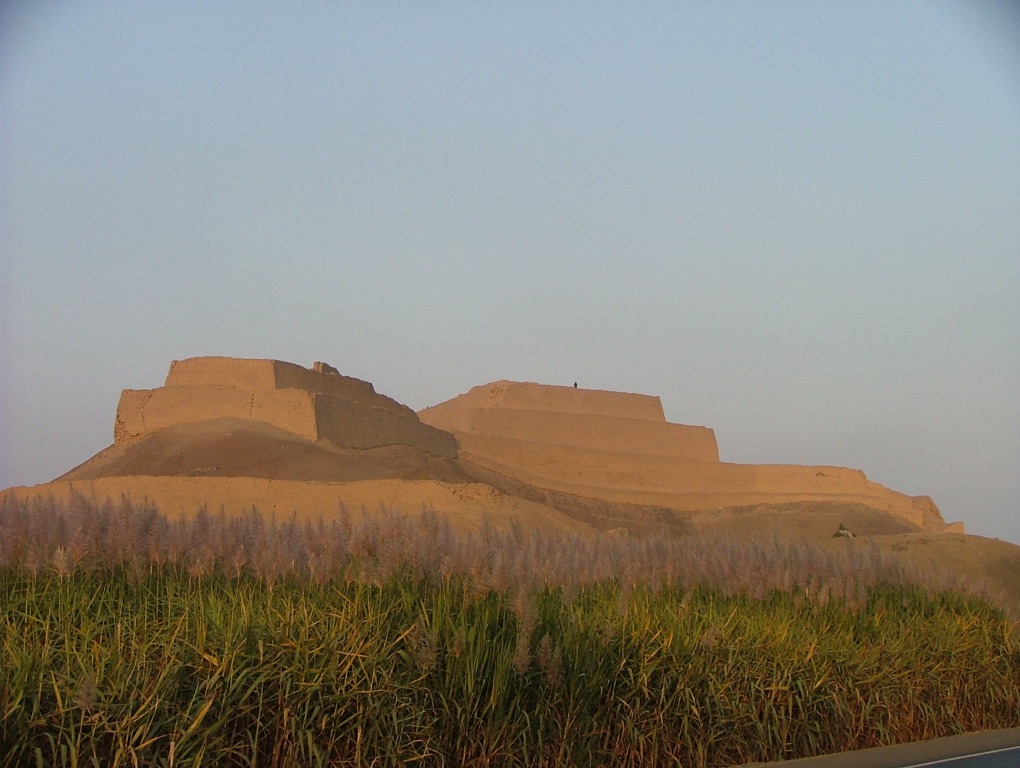
Conclusion and Sources
In conclusion, Paramonga Fortress remains an extraordinary monument, echoing the advanced cultural achievements of the Chimu and the Incas. This pre-Columbian site not only reflects the architectural and military genius of ancient civilizations but also their profound spiritual and celestial connections. The ongoing research and interpretations continue to uncover the multifaceted nature of Paramonga, enriching our understanding of South American history. As studies proceed, the fortress stands as a testament to the complex society that once thrived in the Peruvian valleys, and its preservation remains of utmost importance for cultural heritage and historical education.
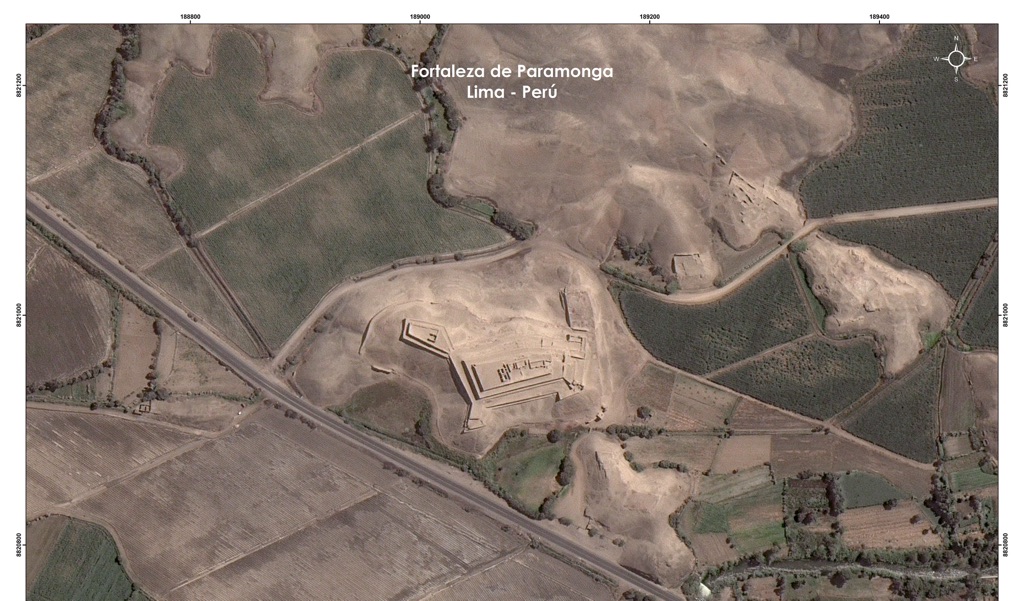
For further reading and to validate the information presented in this article, the following sources are recommended:
Or you can check any of these reputable archaeological and historical texts:
Shimada, I. (1994). ‘Pampa Grande and the Mochica Culture’. University of Texas Press.
Kolata, A. L. (1993). ‘The Tiwanaku: Portrait of an Andean Civilization’. Wiley-Blackwell.
Moseley, M. E. (2001). ‘The Incas and Their Ancestors: The Archaeology of Peru’. Thames & Hudson.
Hyslop, J. (1990). ‘Inka Settlement Planning’. University of Texas Press.
Rowe, J. H. (1946). ‘Inca Culture at the Time of the Spanish Conquest’. In ‘Handbook of South American Indians’, Vol. 2, pp. 183–330. Smithsonian Institution Bureau of American Ethnology Bulletin.
